Subscribe to our YouTube channel for the latest videos, updates, and tips.
Home | About Us | Contact Us | Privacy | Math Blog
Selection of Terms in an Arithmetic Progression
Sometimes we need to assume certain number of terms in Arithmetic Progression. The following ways are generally used for the selection of terms in an arithmetic progression.
(i) If the sum of three terms in Arithmetic Progression be given, assume the numbers as a - d, a and a + d. Here common difference is d.
(ii) If the sum of four terms in Arithmetic Progression be given, assume the numbers as a - 3d, a - d, a + d and a + 3d.
(iii) If the sum of five terms in Arithmetic Progression be given, assume the numbers as a - 2d, a - d, a, a + d and a + 2d. Here common difference is 2d.
(iv) If the sum of six terms in Arithmetic Progression be given, assume the numbers as a - 5d, a - 3d, a - d, a + d, a + 3d and a + 5d. Here common difference is 2d.
Note: From the
above explanation we understand that in case of an odd number of terms, the
middle term is ‘a’ and the common difference is ‘d’.
Again, in case of an even number of terms the middle terms are a - d, a + d and the common difference is 2d.
Solved examples to observe how to use the selection of terms in an arithmetic progression
1. The sum of three numbers in Arithmetic Progression is 12 and the sum of their square is 56. Find the numbers.
Solution:
Let us assume that the three numbers in Arithmetic Progression be a - d, a and a + d.
According to the problem,
|
Sum = 12 and
⇒ a - d + a + a + d = 12 ⇒ 3a = 12 ⇒ a = 4 |
Sum of the squares = 56
(a - d)2 + a2 + (a + d)2 = 56 ⇒ a2 - 2ad + d2 + a2 + a2 + 2ad + d2 = 56 ⇒ 3a2 + 2d2 = 56 ⇒ 3 × (4)2 + 2d2 = 56 ⇒ 3 × 16 + 2d2 = 56 ⇒ 48 + 2d2 = 56 ⇒ 2d2 = 56 - 48 ⇒ 2d2 = 8 ⇒ d2 = 4 ⇒ d = ± 2 |
If d = 3, the numbers are 4 – 2, 4, 4 + 2 i.e., 2, 4, 6
If d = -3, the numbers are 4 + 2, 4, 4 - 2 i.e., 6, 4, 2
Therefore, the required numbers are 2, 4, 6 or 6, 4, 2.
2. The sum of four numbers in Arithmetic Progression is 20 and the sum of their square is 120. Find the numbers.
Solution:
Let us assume that the four numbers in Arithmetic Progression be a - 3d, a - d, a + d and a + 3d.
According to the problem,
|
Sum = 20
⇒ a - 3d + a - d + a + d + a + 3d = 20 ⇒ 4a = 20 ⇒ a = 5 |
and |
Sum of the squares = 120
⇒ (a - 3d)2 + (a - d)2 + (a + d)2 + (a + 3d)2 = 120 ⇒ a2 - 6ad + 9d2 + a2 - 2ad + d2 + a2 + 2ad + d2 + a2 + 6ad + 9d2 = 120 ⇒ 4a2 + 20d2 = 120 ⇒ 4 × (5)2 + 20d2 = 120 ⇒ 4 × 25 + 20d2 = 120 ⇒ 100 + 20d2 = 120 ⇒ 20d2 = 120 - 100 20d2 = 20 ⇒ d2 = 1 ⇒ d = ± 1 |
If d = 1, the numbers are 5 - 3, 5 - 1, 5 + 1, 5 + 3 i.e., 2, 4, 6, 8
If d = -1, the numbers are 5 + 3, 5 + 1, 5 - 1, 5 - 3 i.e., 8, 6, 4, 2
Therefore, the required numbers are 2, 4, 6, 8 or 8, 6, 4, 2.
3. The sum of three numbers in Arithmetic Progression is -3 and their product is 8. Find the numbers.
Solution:
Let us assume that the three numbers in Arithmetic Progression be a - d, a and a + d.
According to the problem,
|
Sum = -3 and
⇒ a - d + a + a + d = -3 ⇒ 3a = -3 ⇒ a = -1 |
Product = 8
⇒ (a - d) (a) (a + d) = 8 ⇒ (-1)[(-1)2 - d2] = 8 ⇒ -1(1 - d2) = 8 ⇒ -1 + d2 = 8 ⇒ d2 = 8 + 1 ⇒ d2 = 9 ⇒ d = ± 3 |
If d = 3, the numbers are -1 - 3, -1, -1 + 3 i.e., -4, -1, 2
If d = -3, the numbers are -1 + 3, -1, -1 - 3 i.e., 2, -1, -4
Therefore, the required numbers are -4, -1, 2 or 2, -1, -4.
● Arithmetic Progression
- Definition of Arithmetic Progression
- General Form of an Arithmetic Progress
- Arithmetic Mean
- Sum of the First n Terms of an Arithmetic Progression
- Sum of the Cubes of First n Natural Numbers
- Sum of First n Natural Numbers
- Sum of the Squares of First n Natural Numbers
- Properties of Arithmetic Progression
- Selection of Terms in an Arithmetic Progression
- Arithmetic Progression Formulae
- Problems on Arithmetic Progression
- Problems on Sum of 'n' Terms of Arithmetic Progression
11 and 12 Grade Math
From Selection of Terms in an Arithmetic Progression to HOME PAGE
Didn't find what you were looking for? Or want to know more information about Math Only Math. Use this Google Search to find what you need.
Recent Articles
-
5th Grade Circle Worksheet | Free Worksheet with Answer |Practice Math
Jul 11, 25 02:14 PM
In 5th Grade Circle Worksheet you will get different types of questions on parts of a circle, relation between radius and diameter, interior of a circle, exterior of a circle and construction of circl… -
Construction of a Circle | Working Rules | Step-by-step Explanation |
Jul 09, 25 01:29 AM
Construction of a Circle when the length of its Radius is given. Working Rules | Step I: Open the compass such that its pointer be put on initial point (i.e. O) of ruler / scale and the pencil-end be… -
Combination of Addition and Subtraction | Mixed Addition & Subtraction
Jul 08, 25 02:32 PM
We will discuss here about the combination of addition and subtraction. The rules which can be used to solve the sums involving addition (+) and subtraction (-) together are: I: First add -
Addition & Subtraction Together |Combination of addition & subtraction
Jul 08, 25 02:23 PM
We will solve the different types of problems involving addition and subtraction together. To show the problem involving both addition and subtraction, we first group all the numbers with ‘+’ and… -
5th Grade Circle | Radius, Interior and Exterior of a Circle|Worksheet
Jul 08, 25 09:55 AM
A circle is the set of all those point in a plane whose distance from a fixed point remains constant. The fixed point is called the centre of the circle and the constant distance is known

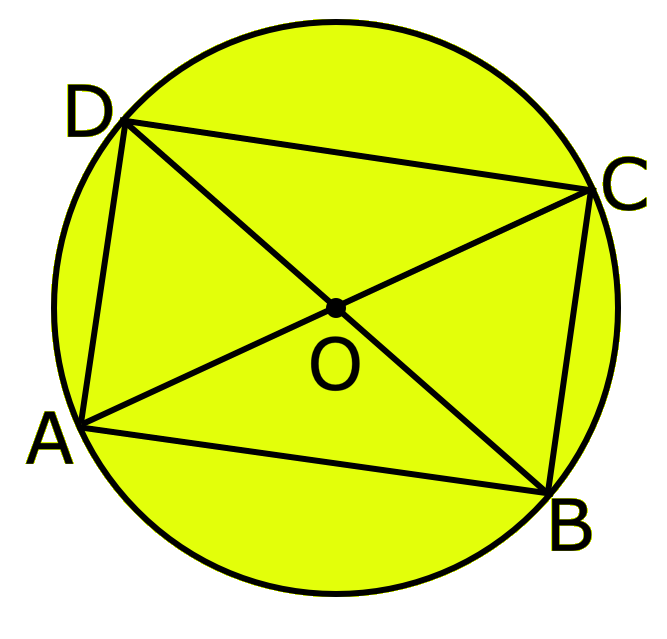
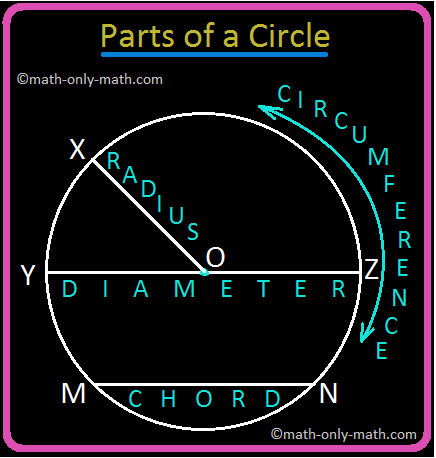
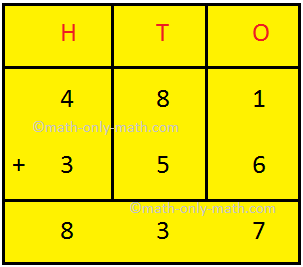
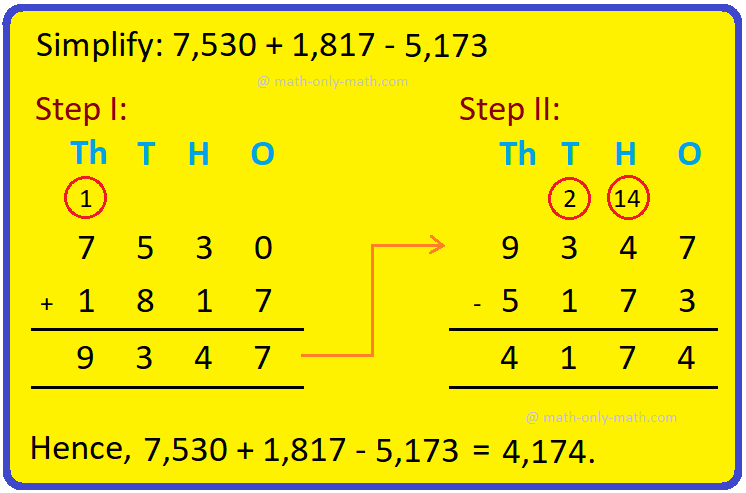
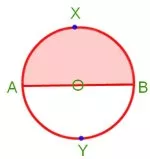
New! Comments
Have your say about what you just read! Leave me a comment in the box below. Ask a Question or Answer a Question.